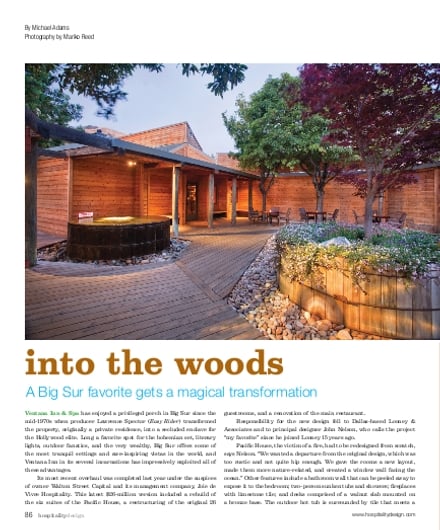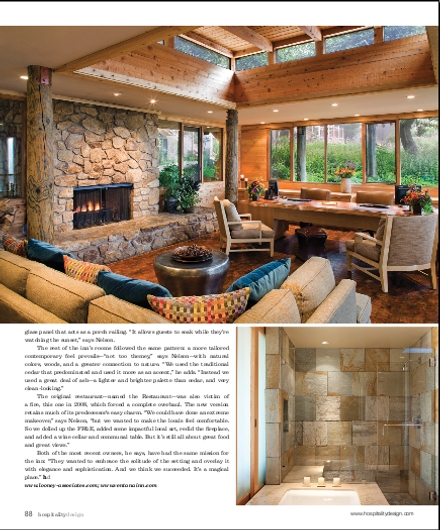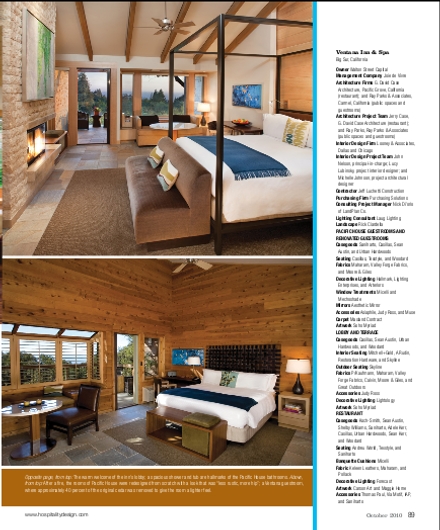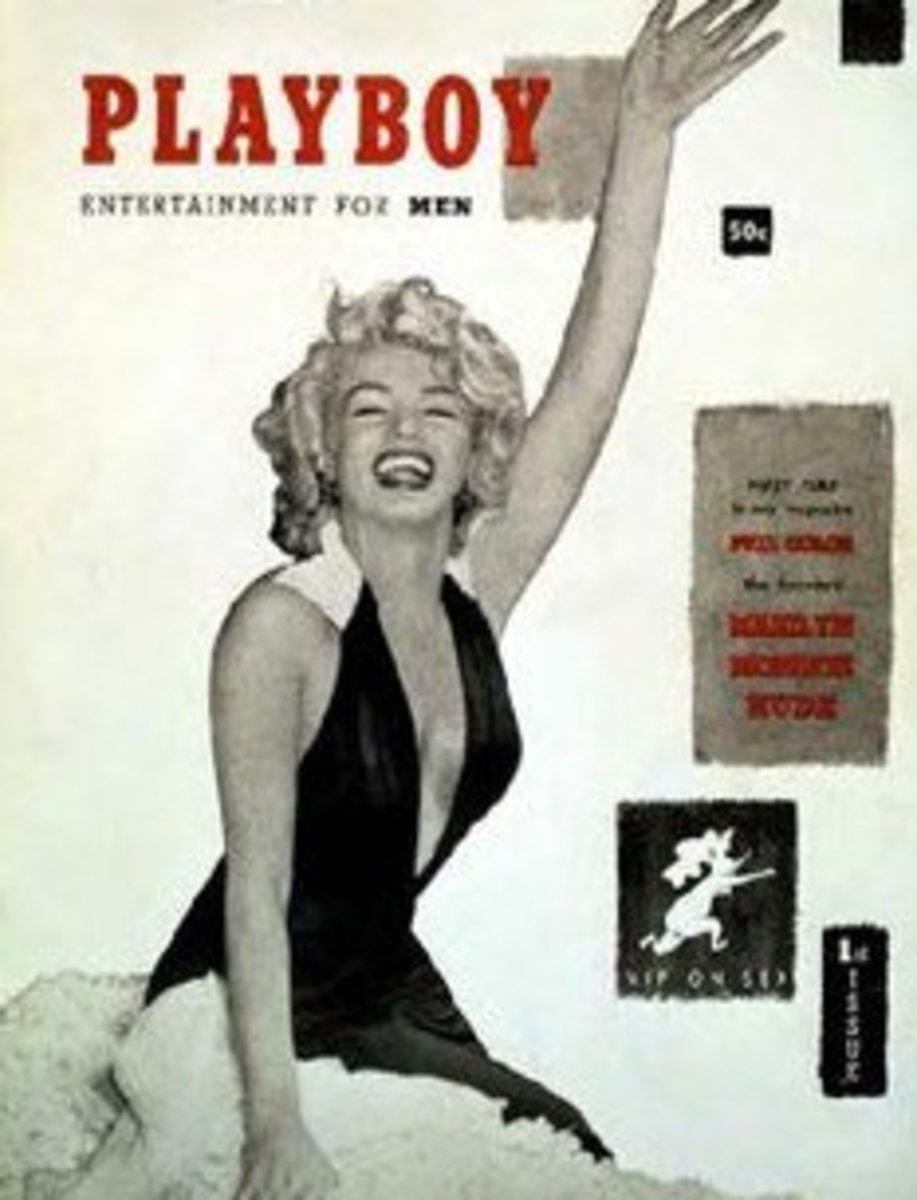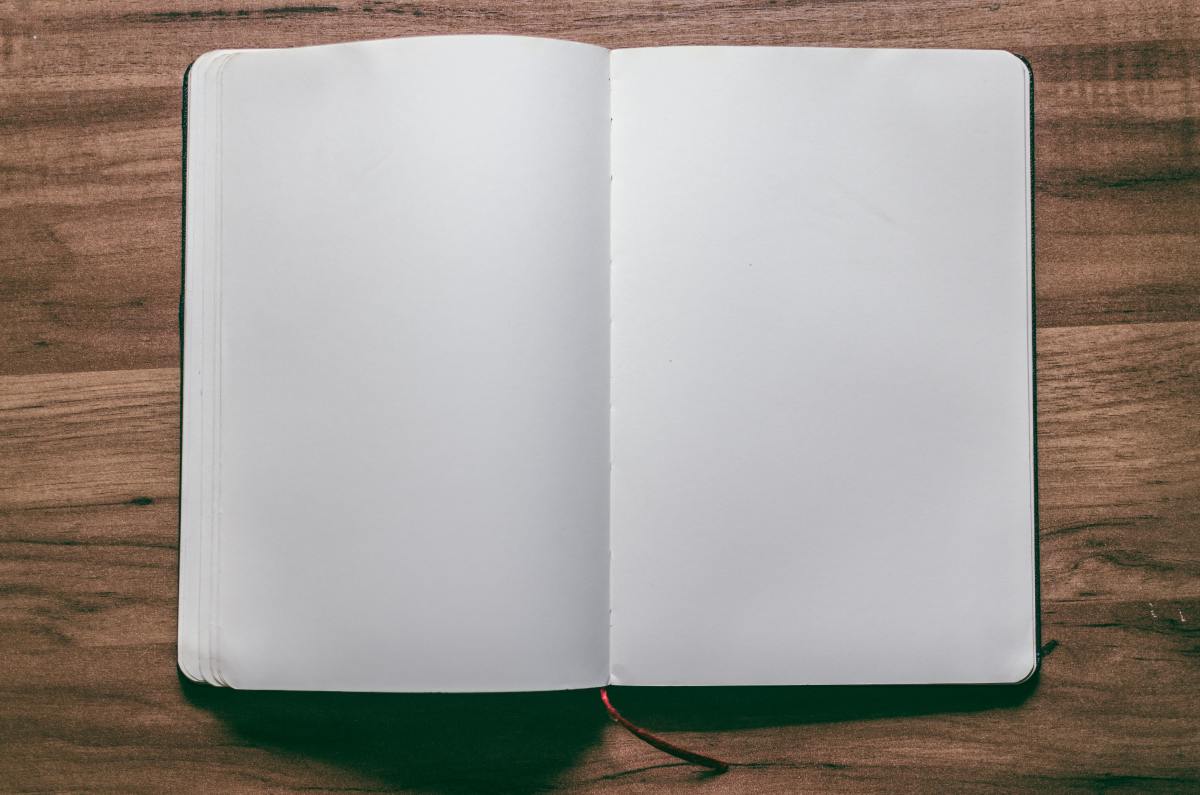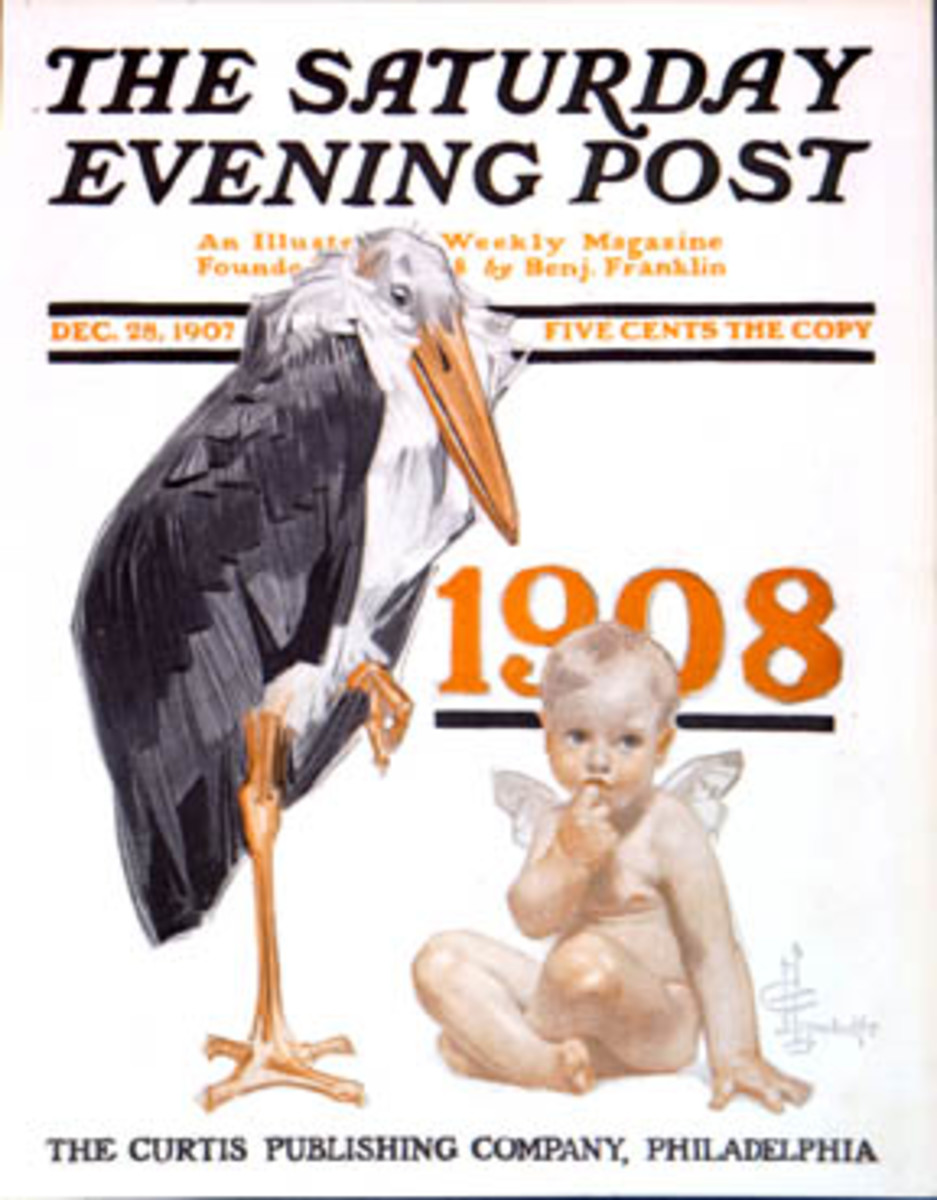How to Research, Analyze and Choose a Magazine for Your Article
If you want to write for magazines, you have to consider a few important things before you start trying. Most new or less experienced writers think that after writing their fabulous article, they just have to keep submitting it to bunches of different magazines and then, after a while, their piece of content either gets accepted or turned down. Unfortunately, this is where they are wrong. There is no either-or, because they get rejected every single time forever. But it does not have to be like this. By getting to know the magazine you intend to write for, you can take control into your hands.
Researching their market is a crucial part of a freelance writer's life. If your intention is to write articles for magazines, you have to research these magazines to find out which one is right for you. Once this is done and you have targeted your magazine of choice, you have to analyze its various aspects so that you can get a feel of the kind of items they want.
This hub tells you how to research, analyze and choose the right magazine for your writing to maximize your chances of getting published.
- Writer's Market.com
Search more than 8,000 listings for book publishers, magazines, contests, literary agents, greeting card publishers, screenwriting markets, playwriting markets, conferences, newspapers, online publications, syndicates, and organizations.
How to Choose a Magazine
Some publications are almost entirely written by freelancers, while others use very little freelance material. Needless to say, you can't get into a magazine that's written exclusively by staffers, rather you should aim for the ones that actually take freelancers' stuff.
The Writer's Market can be hugely helpful to you to gather a selection of magazines that you want to consider writing for. Of course, there are other sources you can use, the Writer's Market is ust the best-known one. Once you have an article in mind, start with magazines that may be good markets for such an article. Alternately, you could start with a magazine that you enjoy reading. Leave big sellers out of the picture just yet. They are the most difficult to get into.
How to Analyze a Magazine
Once you have chosen your magazine(s), it is absolutely crucial to analyze them in depth to ensure that your writing matches the magazine's style. It's best if you analyze at least three different issues to get a feel for the magazine. Here are the aspects you should analyze:
- House Style: Every publication has this. It usually covers practical aspects such as page layouts used by the publication, correct use of quotation marks, etc. Editors often ignore articles not written in house style. The best way to find out about a magazine's house style is to contact them and ask for their writer's guidelines. Another way is to look at their website. Here are the writer's guidelines for Intelligent Enterprise magazine, for instance.
- Page Furniture: Most features are not solid blocks of text. They are made up of an arrangement of paragraphs, headlines, strap lines (often provocative attention-grabber above headline), subheadings, crossheads, a standfirst (introductory paragraph often highlighted), highlight quotes, photos, tables, information boxes, sidebars, adverts, etc.
- Content: Content can mean anything from the kind of topics that the magazine accepts to the style of the articles to whether they are treated lightly or in depth. To acquire an understanding of how different magazines relate to the idea of content, compare a number of magazines that reviewed the same movie or interviewed the same person. You will find, for instance, that the tone of voice of the articles are different.
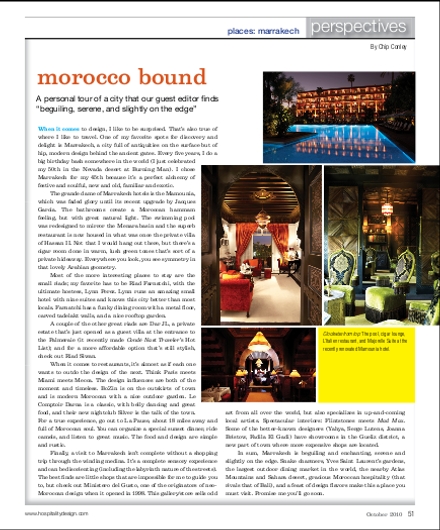
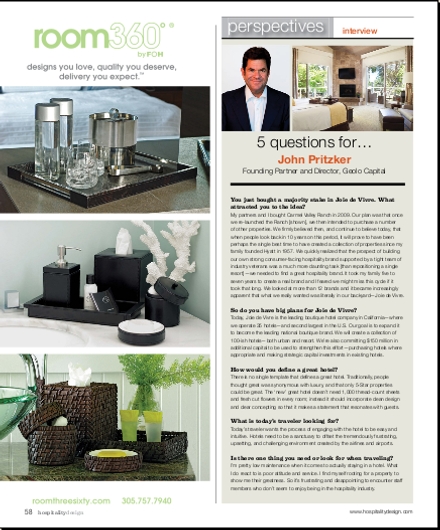
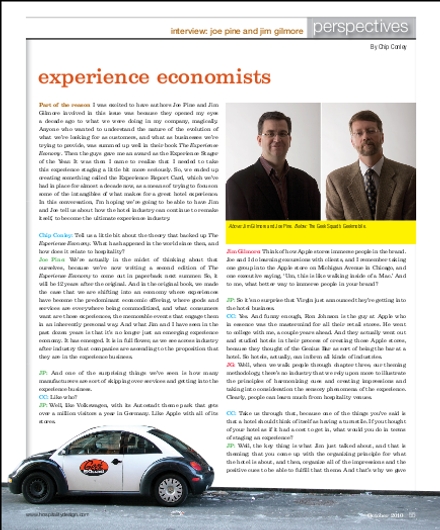
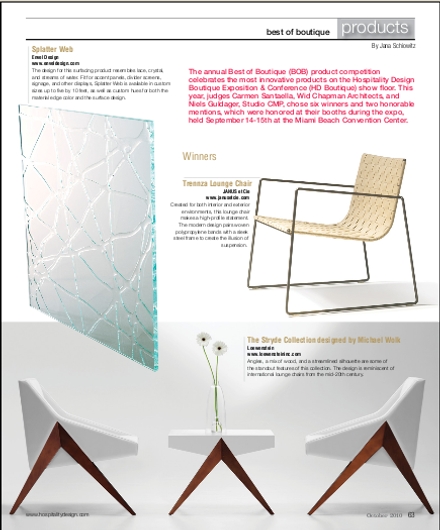
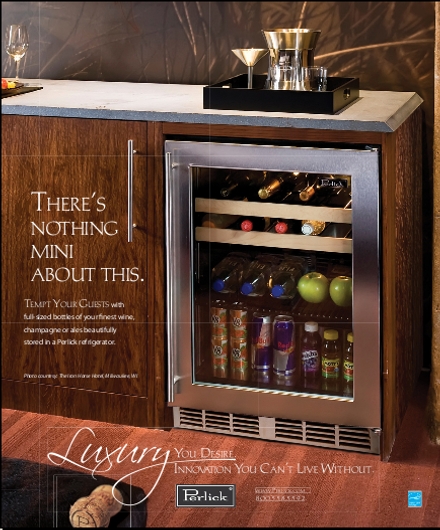
Before starting writing your article, you have to understand how and why the magazine, you are writing for, works. To achieve this end, you have to look at the above and some more aspects of the magazine. Here are other aspects of a magazine you should analyze:
- Look out for the balance between various types of content by looking at all content pages. Were they written by staffers or freelancers? What is the difference between those written by permanent staff and those written by freelance writers?
- Examine the relatively few news pages the magazine might have. Don't think about writing these news snippets yourself, because they are almost always taken from press releases and written by staffers. But are there news items that might be expended into features in future issues?
- Regular items are most important. They are the magazine's bread and butter and can be written by both staffers and freelances. Most readers visit these items first. They can include technical columns written by some experts often in answer to readers' queries.
- Competitions, reviews, previews, puzzles and various offers, etc. make up the rest of the magazine's content. They often hold valuable information about the magazine's readership. Readers' letters also tell you a lot about readers' concerns as well as about editors' concerns. Keep in mind that emails and letters are probably flowing in to the magazine and editors have to pick the most relevant ones with respect to the magazine's image.
- Adverts are probably the most important type of content, you can find in a publication, that will let you better understand the readership. Advertisers are facing tough choices deciding where best to spend their money. They know as much of the magazines readership as the editors do and are an independent source of information. You should scale and analyze every single ad in the mag to gain a full picture of its readers' age, lifestyle, the kind of activities they enjoy, etc. Also, it's good to keep in mind that your article shouldn't interfere with advertisers' interests. Don't submit an article on organic gardening to a mag that's usually full of ads for gardening chemicals.
- One-off features are your best opportunity to get into a magazine. Study them carefully.
- Common features, you may come across, vary greatly depending on the type of magazine you are holding. The most common ones are: background stories exploring a news story in depth; product round-ups, reviews, comparisons and tests; interviews with people, profiles and stories about their life; opinion-based pieces.
Having analyzed all these aspects of several magazines, you should be able to choose the one that you want to and are able to write for. What's left is looking more closely at that magazine's features.




How to analyze a feature
Pick a feature that you think you could have written and examine the following.
- Content: What would you describe it as? Serious or light-hearted? Provocative? Topical? Historical?
- Vocabulary: What kind of words does the author use? Long or short? Technical? Slangy? It's not uncommon that publications avoid long words simply because they don't work well with columns.
- Sentences: The reason many publications use short sentences is that long ones would make for long paragraphs. However, a variety of sentence lengths to create a rhythm is common in well-written pieces. Choose a few random sentences and count the words.
- Paragraphs: Since in magazines paragraphs are arranged in columns, they have to be short enough to avoid producing long solid blocks of text. The opening paragraph's purpose is to grab the reader's attention, therefore it tends to be the shortest one. Check how many words and sentences there are in an average paragraph.
- Page furniture: Look at the layout of the page. Is it busy and stuffed, or is it more soberly laid out? How important do you think the photos and graphics elements are on the page? You may find that some editors consider photos and illustrations even more important then the text. For more on what page furniture is see earlier in this hub.
- Word count: How much words are there in the whole of the feature? Is this number common for all features in the magazine? Magazines having an average feature length of 1500 or more words are considered rather heavy-weight. A popular magazine will probably have around 600 to 800 words in a feature.
Researching and analyzing magazines is important, because you have to counter the fact that unsolicited articles rarely get read by features editors, unless they look right at first glance. But the good news is, once you strike a chord with an editor it may be your ticket to a fruitful and lasting relationship with the magazine as a freelance contributor.
- Equipment you need
- How to build a portfolio
- Magazine personnel
- Generating ideas
- Sending a proposal
- Submitting on spec
- Handling responses
- Considering commissions
- Researching information
- Interviewing techniques
- Writing techniques
- Specialist writing
- Career development
- Writing as a business
- Starting your own magazine
- and much more

